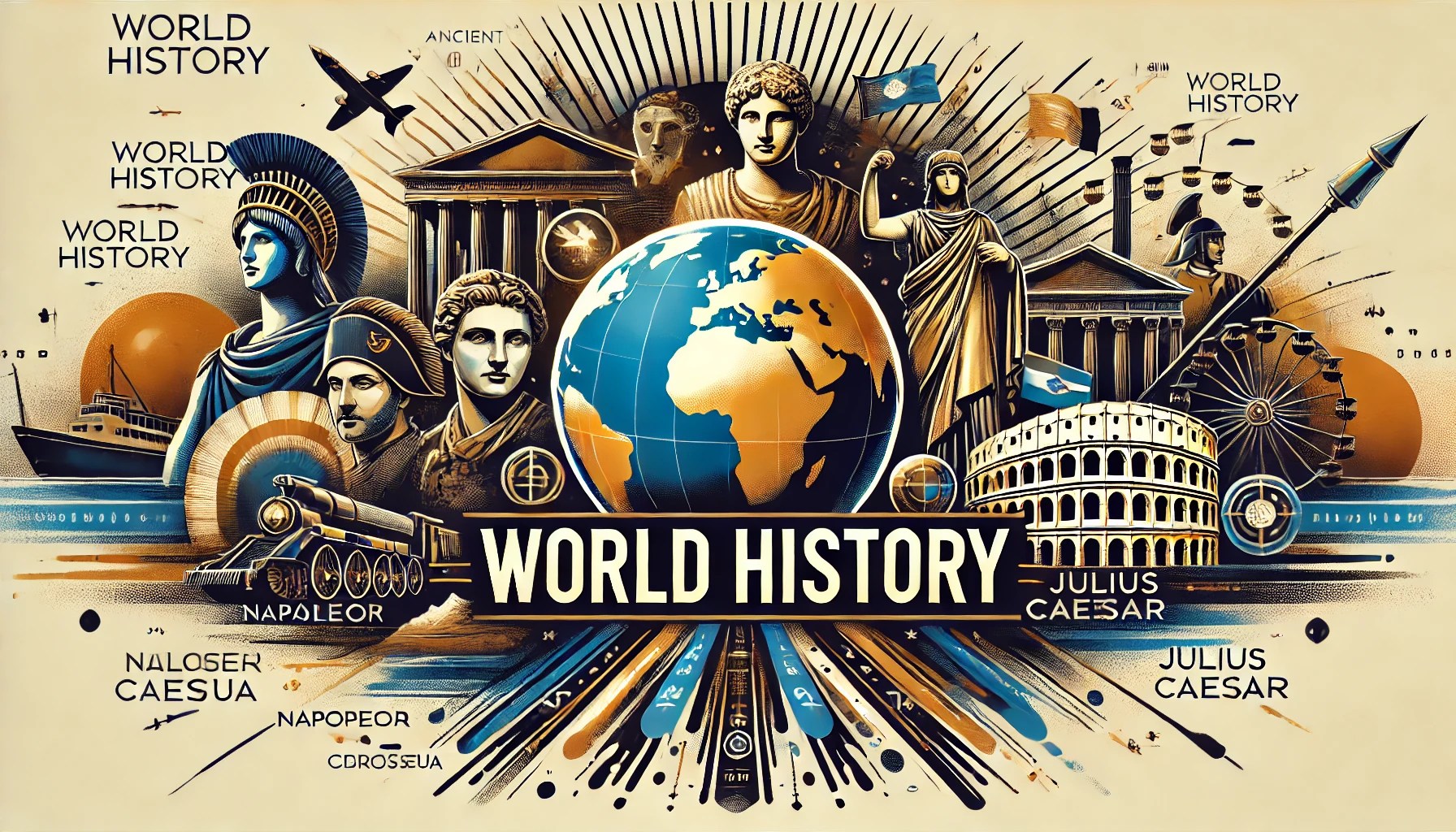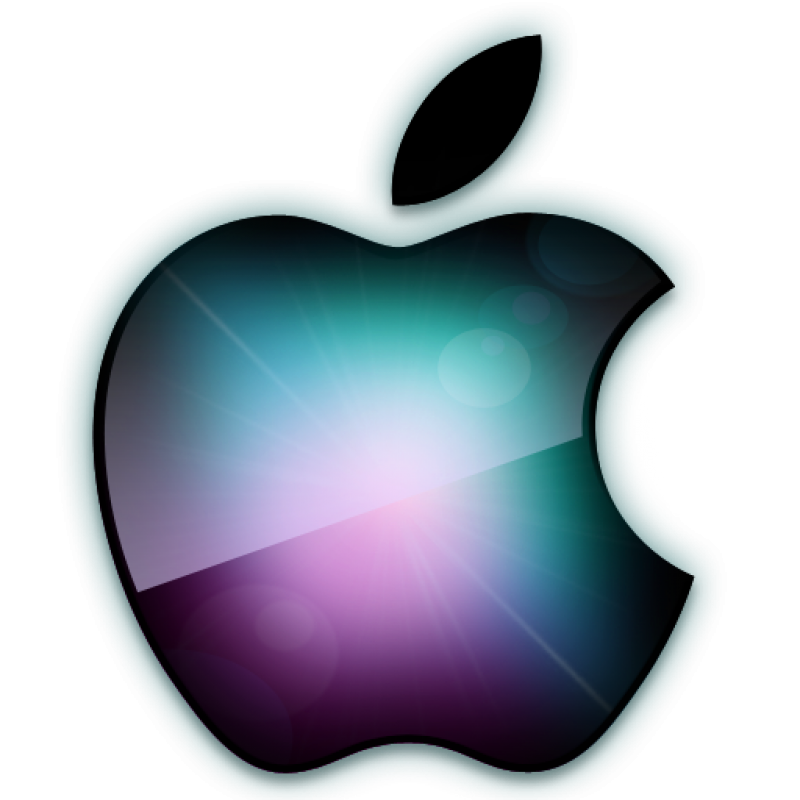When the sleek silhouette of the first-generation iPhone materialized on stage, it was more than an unveiling; it marked the dawn of a new era in mobile technology. The genesis of the iPhone's history is woven with nuances of innovation, strategic vision, and relentless pursuit of transforming how humans interact with devices. This article delves deeply into the origins, development milestones, and the pivotal release date of the inaugural iPhone, illuminating a narrative rooted in technological evolution, market disruption, and cultural impact.
The Evolution of Mobile Devices Leading to the iPhone

To appreciate the groundbreaking nature of the original iPhone, one must understand the trajectory of mobile device development leading up to its debut. The late 20th and early 21st centuries saw rapid advancements in mobile telephony, from simple feature phones to sophisticated smartphones packed with multimedia capabilities. Companies like Nokia, BlackBerry, and Motorola dominated the early smartphone landscape, each pushing the boundaries of design and functionality. However, these devices, while innovative, often remained compartmentalized—separated functions like calling, emailing, and media consumption, creating a fragmented user experience.
The turning point emerged with the integration of touch interfaces, mobile internet, and app ecosystems. The convergence of these technologies fostered a fertile ground for a revolutionary device that would combine all functionalities into an intuitive, single platform. It was within this experimental milieu that Apple’s visionary leadership, spearheaded by Steve Jobs, decided to redefine the smartphone paradigm. The result: a device that prioritized simplicity, user experience, and aesthetics—elements that would become hallmarks of the iPhone’s identity.
The Strategic Development of the First-Generation iPhone

Apple’s journey towards the first iPhone was characterized by meticulous innovation, rigorous prototyping, and strategic partnerships. Beginning in 2004, Apple assembled a dedicated team called ‘Project Purple,’ tasked with developing a touchscreen device that could eliminate the physical keyboard—an entrenched standard at the time. The design philosophy centered around creating an interface that was both visually appealing and highly responsive, demanding cutting-edge capacitive touch technology and a multi-touch gesture system that felt seamlessly natural.
Simultaneously, Apple collaborated with AT&T (then Cingular Wireless) to establish a network provider alliance, vital for the device’s rollout into the U.S. market. The technical architecture incorporated advancements such as the use of the ARM-based processor, dubbed the Apple A4, and the innovative iOS platform, tailored specifically to optimize touch input and fluid user interactions. By emphasizing minimalist design, with a single metal-and-glass body, and introducing multi-touch gestures, the device was architected to offer an unprecedented user experience that distinguished it sharply from competitors.
The Release Date of the First-Generation iPhone
The culmination of over three years of intense research, development, and strategic planning was announced with fervor at the Macworld Conference & Expo on January 9, 2007. The keynote presentation, delivered by Steve Jobs himself, captivated an audience eager to witness the future of mobile computing. The iPhone was officially released in the United States on June 29, 2007, a date that has since become etched in the annals of technology history as the day the smartphone industry was irrevocably transformed.
This release date was not chosen arbitrarily; it was the result of comprehensive logistical preparations, supply chain negotiations, and market positioning strategies. Apple’s meticulous planning ensured a limited initial launch, creating an aura of exclusivity while setting the stage for subsequent widespread adoption. The first-generation iPhone, retailing at $499 with a two-year contract, quickly gained recognition for its innovative combination of a touch-centric interface, web browsing capabilities, and visual voicemail—features that redefined user expectations and set the stage for a new era.
Key Technological Innovations at Launch
The launch of the original iPhone introduced several pioneering features that are now standard in smartphones. The capacitive multi-touch screen was a significant departure from the resistive screens of earlier devices, providing a more accurate and responsive experience. The device’s interface, driven by a revolutionary user interface design, eliminated physical buttons in favor of an intuitive multi-touch display. The integration of an accelerometer enabled automatic screen orientation switching, enhancing usability across contexts. Additionally, the introduction of Visual Voicemail allowed users to select voicemails visually rather than sequentially listening, a precursor to modern message management systems.
| Relevant Category | Substantive Data |
|---|---|
| Release Date | June 29, 2007, in the United States |
| Initial Price | $499 (with two-year contract) |
| Units Sold (First Year) | around 6 million units globally |
| Critical Acclaim | Repeatedly named as one of the most influential gadgets of the 21st century by various tech publications |

The Cultural and Industry Impact of the First-Generation iPhone
The launch date of June 29, 2007, was more than an industry milestone—it was a cultural phenomenon. The iPhone’s debut reshaped media consumption, where touch interfaces replaced physical keypads, and web browsing became mobile-centric. It became a symbol of technological aspiration, inspiring a wave of app development and ecosystem growth encapsulated in the App Store’s opening in 2008.
From a market perspective, the iPhone disrupted established players, catalyzing a fierce competition that accelerated innovation and price competition. It redefined consumer expectations, emphasizing sleek design, intuitive interfaces, and integrated services. Economically, the device catalyzed the evolution of mobile-commerce and ushered in a new era of digital lifestyle transformation.
Historical Context and Subsequent Developments
The release of the first-generation iPhone can be understood within the broader historical context of converging technologies and consumer electronics trends. Prior to its launch, mobile devices primarily catered to calls and SMS, with limited Internet access and application ecosystems. Apple’s entry introduced a paradigm shift—transforming smartphones into multimedia centers, portable computers, and social interaction platforms.
The release date set in motion an accelerative cycle of innovation, with subsequent generations improving hardware capabilities, introducing features like high-resolution cameras, biometric sensors, and 5G connectivity. These developments have made the iPhone not only a technological marvel but also a cultural staple, influencing art, communication, and commerce on a global scale.
Strategic Significance of the Release Date

The timing of the first-generation iPhone’s release was not merely coincidental. It represented a calculated strategic move aimed at capturing holiday season sales and establishing dominance ahead of competitors. The June launch forecasted the fall and holiday shopping period, critical for consumer electronics sales. Additionally, the choice aligned with prior product announcements and existing supply chain arrangements, ensuring a smooth rollout across key markets.
Moreover, this date facilitated an intense media spotlight, galvanizing consumer anticipation and industry buzz. It marked the beginning of Apple’s new narrative: providing not just a phone but a gateway to a digital universe. The successful execution of this timing cemented Apple’s position as a leader in innovative consumer technology.
Market Reception and Long-Term Influence
The response from consumers and critics alike was overwhelmingly positive, validating Apple’s meticulous planning and innovative approach. Over time, the original iPhone became more than a product; it was an icon that spurred the development of entire industries, from mobile app economies to mobile photography. Its release date, therefore, is etched as a milestone that defined an epoch in consumer electronics.
Today, the legacy of that date still resonates—serving as a reminder of how strategic timing, coupled with pioneering design and relentless innovation, can redefine markets and cultural norms alike.
What was the original release date of the first-generation iPhone?
+The original iPhone was released in the United States on June 29, 2007.
Why was the release date of the iPhone significant?
+The release date was strategically chosen to coincide with the holiday shopping season to maximize sales, and it marked a pivotal moment in transforming mobile technology and consumer expectations worldwide.
How many units of the first iPhone were sold in the first year?
+Approximately 6 million units were sold globally during the first year, demonstrating rapid consumer adoption and establishing a new industry standard.
